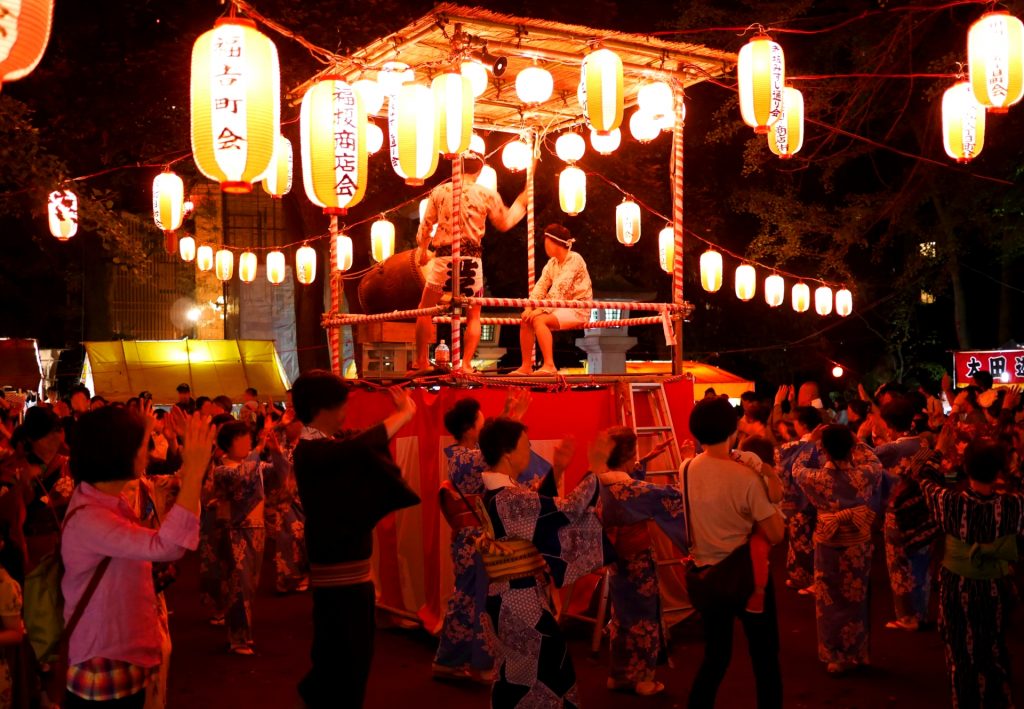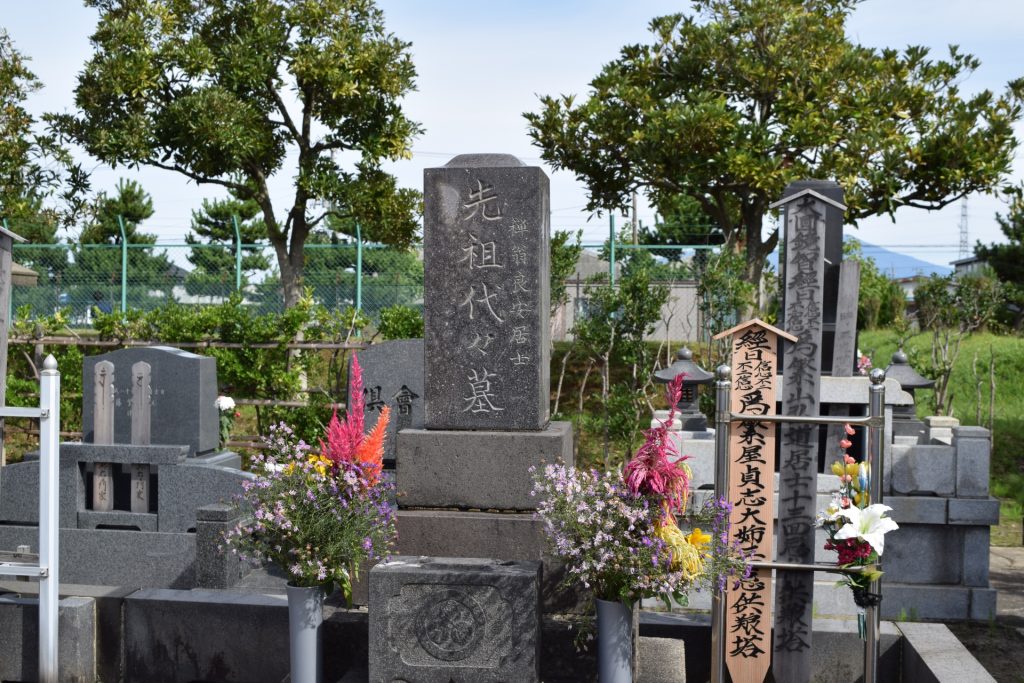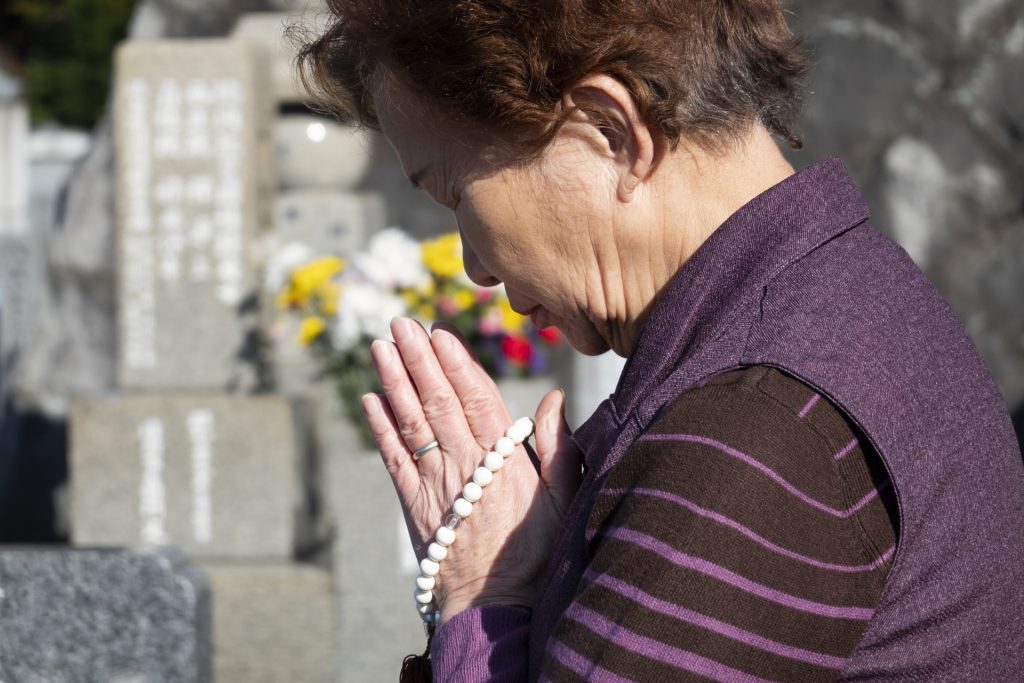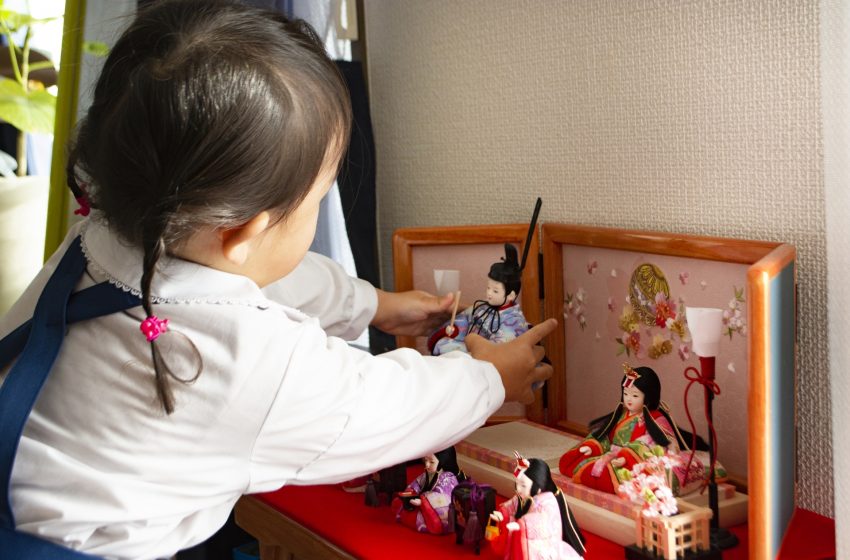
Hinamatsuri: Celebrating Japan’s Doll Festival
Hello, cultural enthusiasts and festival lovers! Today, let’s immerse ourselves in the charming and colorful world of Hinamatsuri, also known as the Doll Festival or Girls’ Day, celebrated in Japan every year on March 3rd. This special day is dedicated to the health and happiness of young girls, and it’s marked by the display of beautiful Hina dolls, feasts, and family celebrations. Join me as we explore this delightful and meaningful Japanese tradition.
The Essence of Hinamatsuri
Hinamatsuri is one of Japan’s most picturesque and familial celebrations. It’s a day when families pray for the growth and happiness of their young daughters. The festival has its roots in an ancient Japanese custom called “hina-nagashi” (doll floating), where straw hina dolls were set afloat on a boat and sent down a river to the sea, supposedly taking troubles or bad spirits with them.
The Hina Doll Display
The centerpiece of Hinamatsuri is the display of ornate Hina dolls, representing the Emperor, Empress, attendants, and musicians in traditional court dress of the Heian period. These displays are set up in homes where there are young girls:
- Tiered Platforms: The dolls are arranged on a red carpet-covered platform, which can have multiple levels. Each level represents a different part of the Heian court.
- Emperor and Empress: The top tier holds two dolls, representing the Emperor and Empress. The subsequent tiers display various attendants and items of the court.
- Craftsmanship and Heritage: These doll sets are often passed down through generations and are treasured as family heirlooms.
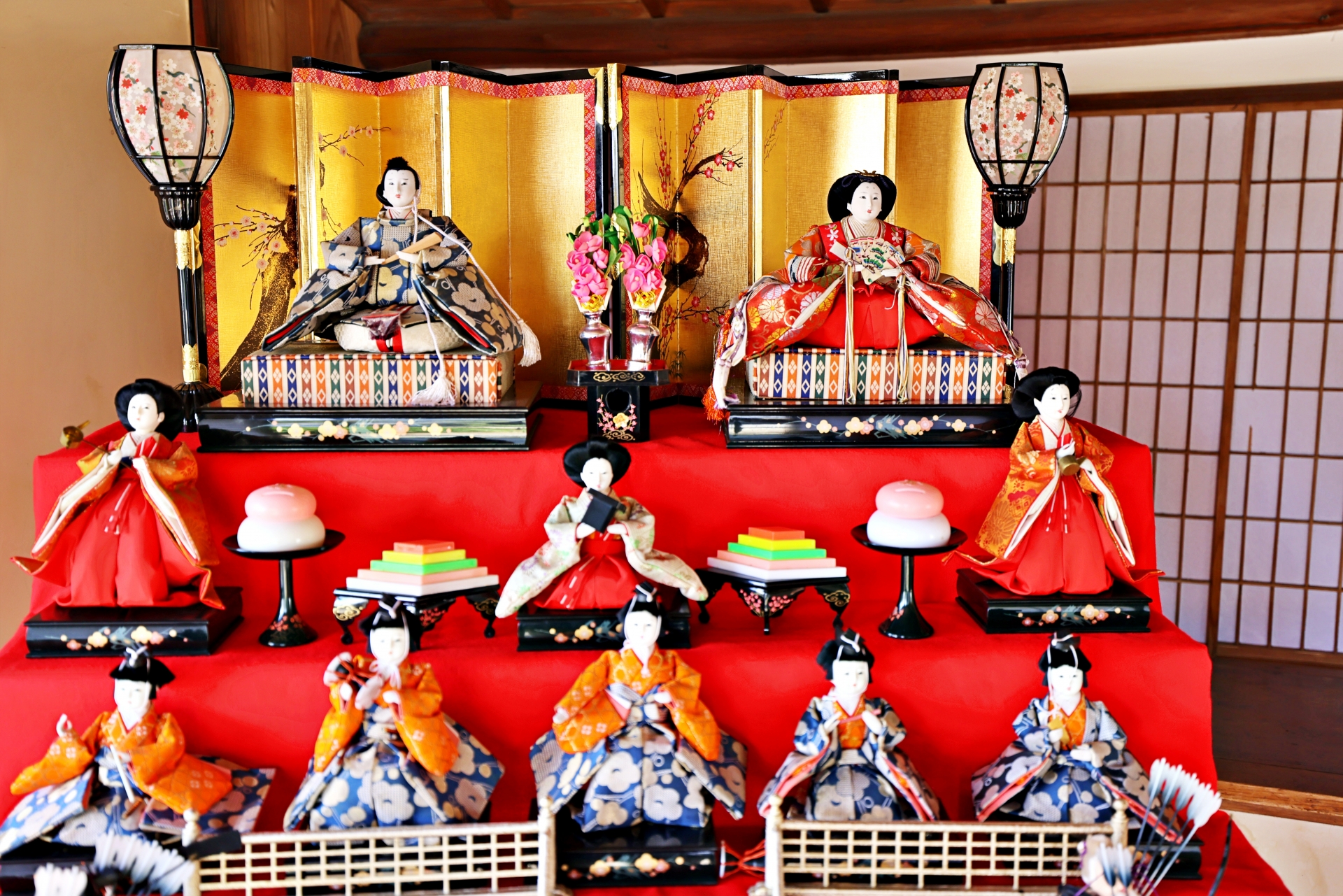
Celebratory Foods and Customs
Hinamatsuri is also a time for special foods and drinks:
- Hishimochi: Diamond-shaped rice cakes in green, white, and pink, symbolizing health and warding off evil.
- Chirashizushi: A colorful sushi dish with various ingredients spread over vinegared rice.
- Amazake: A sweet, non-alcoholic rice beverage often enjoyed during the festival.
- Clam Soup: Clear soup with clams in the shell, symbolizing a united and peaceful couple.
Cultural Significance
Hinamatsuri is more than a celebration of spring and girlhood; it’s a reflection of Japan’s deep-rooted values around family, tradition, and the nurturing of children. The festival emphasizes the importance of passing on traditions and celebrating the joy and innocence of childhood.
Experiencing Hinamatsuri
While Hinamatsuri is primarily a family celebration, visitors to Japan during early March can experience this festival in various ways:
- Public Displays: Many communities, museums, and stores set up public displays of Hina dolls.
- Festive Markets: Look out for special Hinamatsuri goods, from dolls to traditional sweets, in marketplaces and department stores.
- Cultural Events: Some regions host events with music, dance, and other activities celebrating girls and women.
Conclusion: A Joyful Ode to Daughters
Hinamatsuri is a beautiful and heartfelt festival that captures the essence of Japan’s familial bonds and cultural heritage. Whether you’re admiring the elaborate Hina doll displays, savoring festive dishes, or simply enjoying the warm atmosphere of this celebration, Hinamatsuri offers a unique and heartwarming glimpse into Japanese culture.
So, let’s celebrate the health, happiness, and bright future of girls everywhere on this joyful occasion of Hinamatsuri. Happy Girls’ Day!
Celebrate, cherish, and embrace the spirit of Hinamatsuri – a festival that beautifully blends tradition, family, and the joys of childhood.

